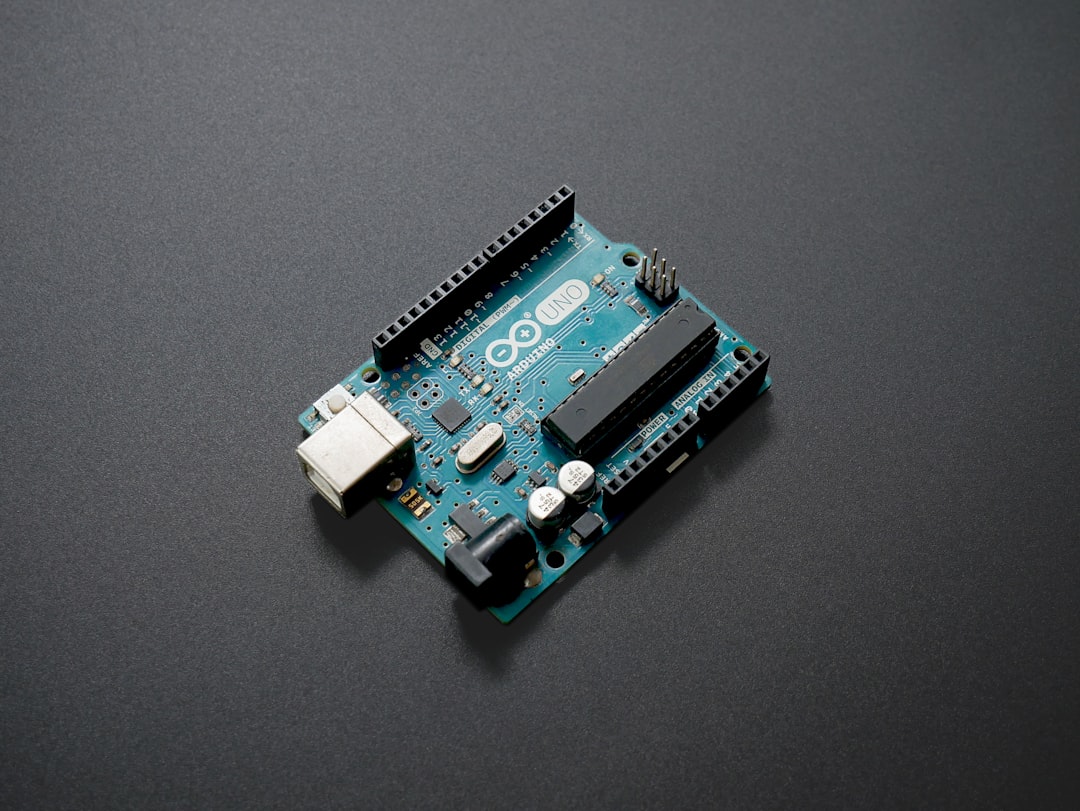News
#! code: Drupal 9: Creating A Category Menu Using Derivers
Derivers in Drupal are one of the ways in which you can inform Drupal about the presence of plugin types. This allows you to generate multiple custom types of a plugin so that it can be represented as multiple different plugins within the system.
Perhaps the most useful deriver example I have seen is the menu deriver. This allows us to use the Drupal plugin architecture to generate custom menu links.
If you want to create a menu link for your module then you would normally add them one at a time to a *.links.menu.yml file. This is an example of using the menu links plugin system to inform the menu system about the links you want to add.
For example, the core config module has a single option in the config.links.menu.yml file that adds the “Configuration synchronization” menu item to the administration menu. Here is the contents of that file.
config.sync:
title: 'Configuration synchronization'
description: 'Import and export your configuration.'
route_name: config.sync
parent: system.admin_config_development
Instead of doing this, we can use a menu deriver to tell the menu system to look at a class that will then inject menu links into the menu. This saves us from adding them one by one and also means we can dynamically create menu links without hard coding them into the *.links.menu.yml file.
In this article, I will look at setting up a menu deriver and then using that deriver to inject custom elements into the menu.
Setting Up A Menu Deriver
The first thing to do is setup a menu deriver class. This should implement a method called getDerivativeDefinitions() which will return the plugin derivatives. As we are calling this from the menu system we need to return an array of menu links from this method so that they are understood by the menu system.
[ANN] httpx 0.21.0: circuit breaker and webdav plugins, more timeouts, xml support
WordPress,how to use wordpress,install wordpress
Step-By-Step Video Tutorials Reveal Exactly How To Set-Up a Profitable WordPress Blog in Minutes
Cheat Your Way to Blogging Riches, Even If You’re An Absolute Newbie!
Millionaire bloggers are made every day. Want to be one of them?
The truth is, it’s next to impossible to compete with existing blog owners and Internet marketers if you don’t “cheat”.
By “cheat” I mean to take some kind of shortcut, gain an unfair advantage, and level the playing field in the shortest possible time.
Let’s face it: If you’re a complete newbie just toying with the idea of making money from blogs, you don’t stand a chance.
By the time you to figure out exactly how to set-up and manage a profitable blog, others have made thousands and have moved way ahead of you..
You’ll end up playing a cruel game of catch-up with these fast-moving entrepreneurs, in which you will always be the loser.
http://tinyurl.com/imvideocenter
Open source news 8-13-22
Who Thinks COVID-19 is a Hoax? Psychological Correlates of Beliefs in Conspiracy Theories and Attitudes Towards Anti-Coronavirus Measures at the End of the First Lockdown in Germany Journal of Open Psychology Data Latest Articles The reported dataset addresses potential correlates and predictors of beliefs in conspiracy theories about the COVID-19 pandemic. Different psychological constructs (self-esteem, … Read more
Learn WordPress – wordpress training
Author: Source Read more



